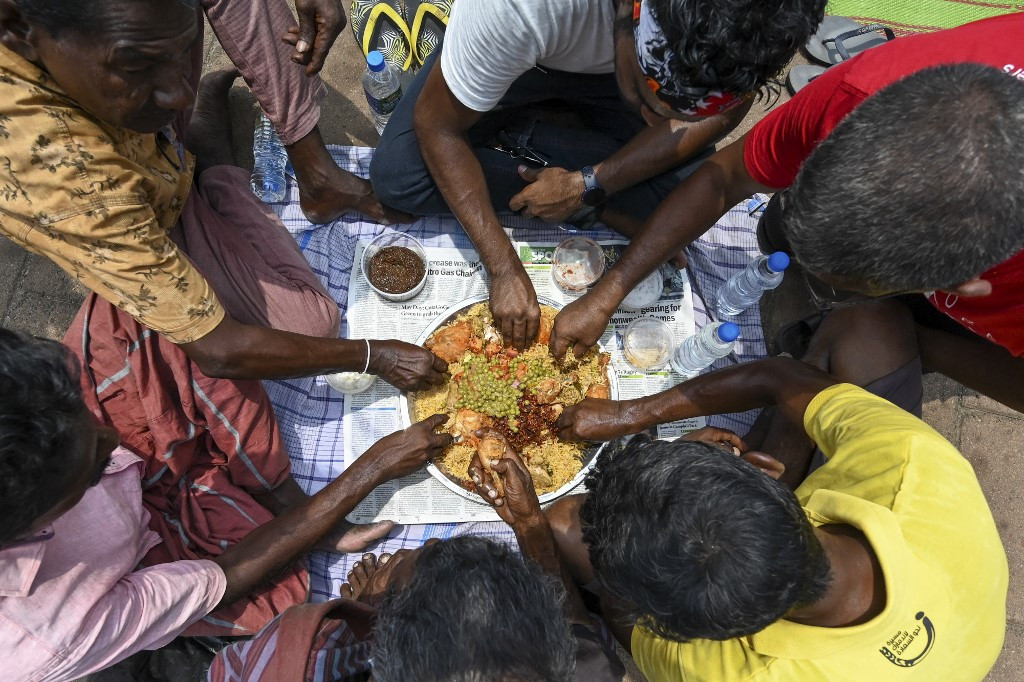
The global food crisis is today affecting more than 3 billion people or about half of the total human population. At the outset, population growth seems to be the main cause of this problem. Thousands of people around the world do not have enough food to survive, are in poor health while thousands have died from food shortage. Experts opine that the food shortage is also due to supply chain issues.
Concerns about the relationship between population and food supply are not new. Sir Thomas Malthus predicted in 1798 that the population would grow faster and more continuously than food supply, leading to chronic food shortages. Today, nutritional issues are a major issue in most of Asia, Africa and Latin America. The potential for famine in the world is imminent before us, and hundreds of millions of people are hungry. The world food crisis is mainly caused by unequal distribution. Sufficient food is available worldwide to provide at least £ 4.3 per person per day. Therefore, the problem is clearly access and distribution, not production.
The world is facing rising food prices, which has hit the poor and developed countries the hardest. Even before COVID-19 reduced income and disrupted the supply chain, factors such as conflict, socio-economic conditions, natural disasters, climate change and pests increased chronic and acute hunger.
The turmoil caused by the war in Ukraine has increased price pressures, costs remain high for the foreseeable future and are expected to drive millions of additional people into severe food insecurity.
- The conflict in Ukraine has caused food prices to skyrocket around the world. One-third of the world’s wheat supply comes from Ukraine or Russia. Ukraine also supplies sunflower oil, barley, corn and fertilizers to the world. However, ongoing conflicts mean that fields are not prepared, crops are not cultivated, and fertilizers are not available.
- COVID-19 also saw a surge in poverty and inequality around the world as the blockade destroyed family life. In many countries, pandemic restrictions have disrupted food supplies, slowed remittances from overseas families, and suspended school lunch programs. Soaring food prices have also hit households hard, with the poorest families suffering the most. According to the United Nations, 928 million people will be severely affected by food insecurity in 2020, an increase of 148 million from the previous year.
- Climate change contributes to food insecurity through changes in meteorological patterns such as rainfall and increased climate shocks such as hurricanes, cyclones, floods and droughts. All of these affect the crop. Climate change has also increased the prevalence of crop pests, such as locusts, which damage and destroy crops.
- Inflation and economic shocks have affected many people’s access to food. Even if food is available, access to food is restricted because it is too expensive for many to buy. In the pandemic context, many people have lost their livelihoods and incomes, which in turn reduces their families’ ability to buy groceries.
Official recipes for solving the global food crisis require many of the same policies that caused the crisis in the first place. Expectations from the institutions that built the current food system to resolve the food crisis are like asking arsonists to put out wildfires. More corporate welfare, more free trade, and more technical “corrections” are good news for agricultural food industry estates that aim to expand the profits of storms and further establish their monopoly power. The global food system cannot improve environmentally vulnerable and economically unfair social restructuring.
Governments must prioritize domestic food security through appropriate changes in agricultural land use, in support of food crop and food export controls.
In addition, all governments need to take administrative steps to counter speculation in food and related commodities. Application of storage restrictions to private companies, regulation of food transactions, direct distribution of food by the government, government sales of food in the private market, etc.
International trade in food and fertilizer may require trading in currencies other than the US dollar. Greater cooperation between developing countries in need of such action will also provide the basis for longer-term efforts to address the global food crisis.
In the long run, all governments must prioritize domestic food security through appropriate changes in agricultural land use, in support of food crop and food export controls. In addition, state support for farmers’ production must cover the full range of agricultural policy interventions, including agro ecology-based agricultural transformation towards climate resilience through measures such as public investment to promote soil. The food system needs to be modified to resolve the food crisis. This means re-regulating markets, reducing the oligopoly of agricultural food companies, and building agro ecologically resilient family-owned farms.
Food needs to be affordable by making the food system a driving force for regional economic development in both rural and urban areas. These tasks are not mutually exclusive. You don’t have to wait for your food system to be modified before you can sell your food at a reasonable price, sell it fairly, or make agriculture possible. In fact, the three need to work together and complement each other.
